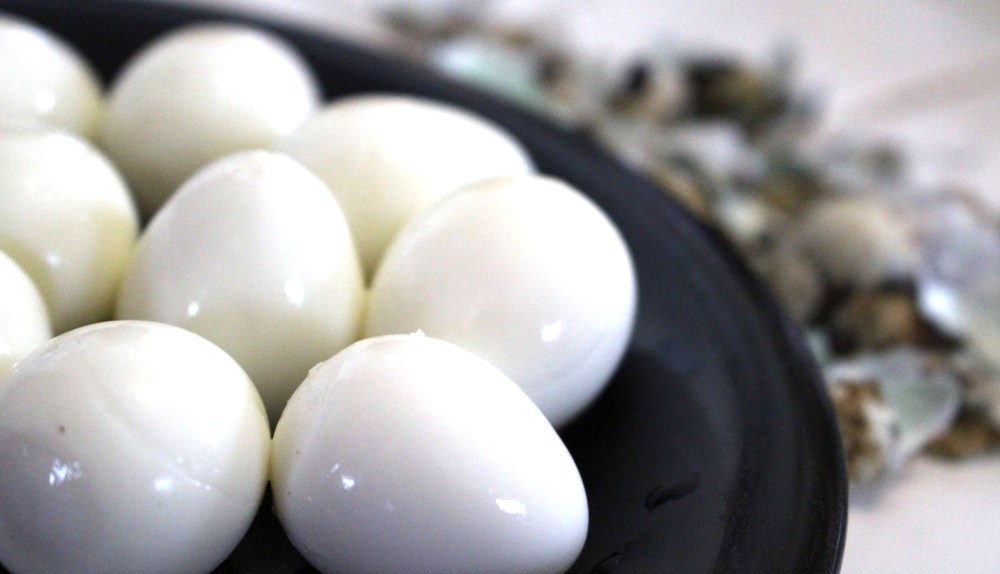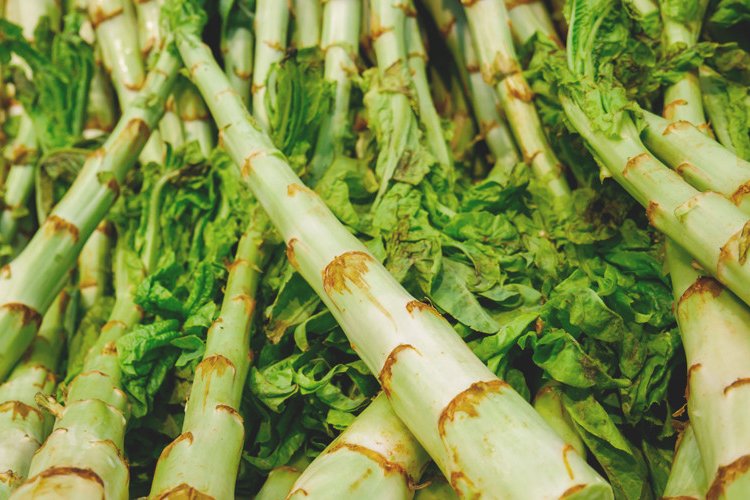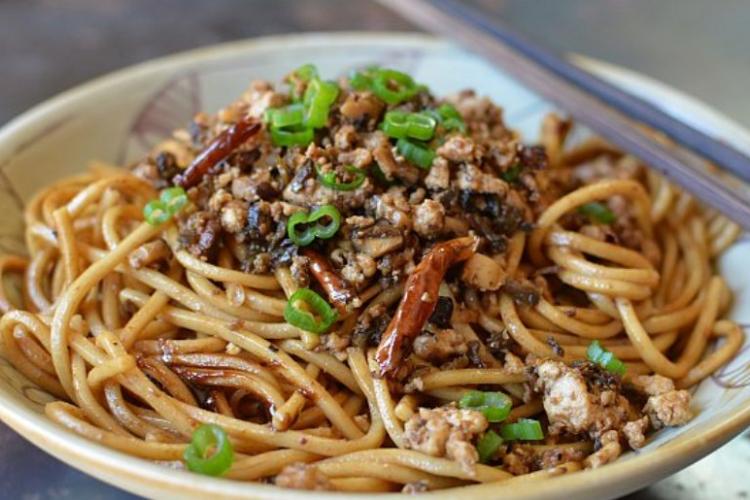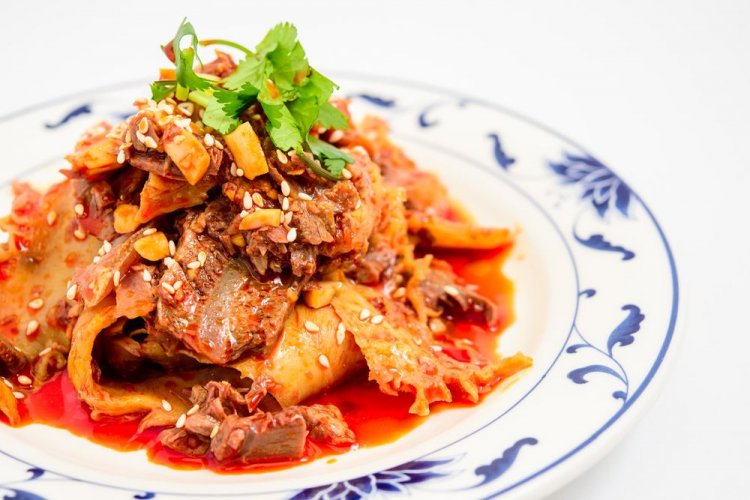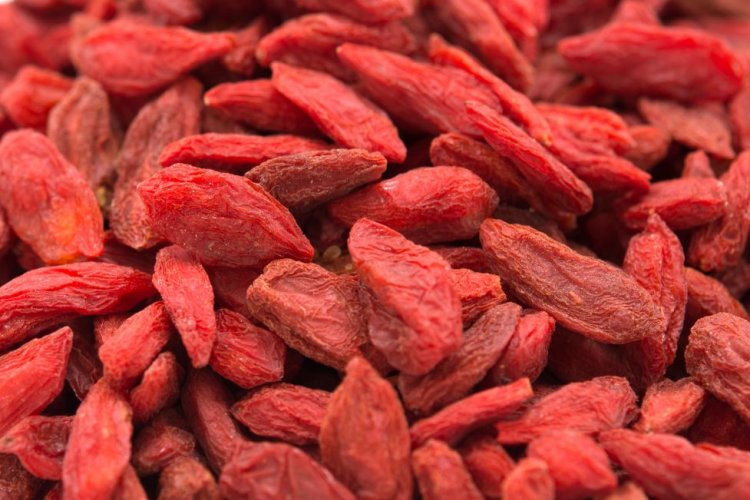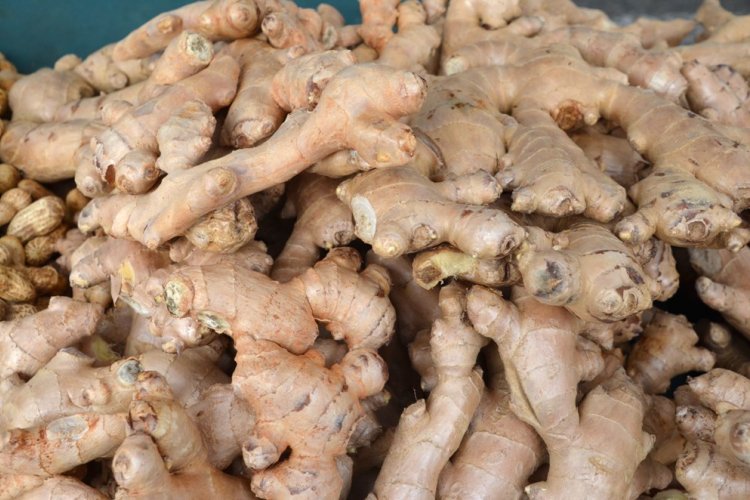Wokipedia: Q is For...
In Wokipedia, we introduce aspects of Chinese gastronomy, one letter at a time. This time, 'Q' gets the treatment.
… qì 汽
Qi, or steam, is one of the most important ingredients in Chinese home cooking. Steamed rice and steamed fish are common dishes, and it’s important to remember that vegetables are commonly blanched in China. Steaming dates back 3,000 years to Yunnan province where a clay plot with a slit in the middle was used. Today, two types of steamers are employed: the bamboo steamer and the wok. The former can be stacked and this is useful for cooking many dishes at once. A wok can steam with some water in the bottom, a steel plate, or even chopsticks rested in the middle and a tight lid.
… qiàng guō 炝锅
The precursor to a good stir fry, qiang guo, or literally, “to choke the wok,” is a basic technique in Chinese cooking. Before frying ingredients, a mixture of chopped garlic, peppers, ginger, and scallions are chucked into the heating oil to add fragrance to the dish. This mixture can be varied according to taste. Dried hot peppers, garlic, and ginger are used by chefs to neutralize gamey and fishy flavors in meats. Scallions, garlic, and ginger are popular with housewives for their ubiquity in the kitchen and are known as the “three treasures of the kitchen,” or 厨房三宝 chúfáng sānbǎo. This cooking technique is best used for meat stir-fries and more bitter vegetables. Fresh, sweet and tender ingredients should not be cooked this way.
… quail egg 鹌鹑蛋 ānchún dàn
In Chinese, quail eggs are referred to as the “ginseng of the animal kingdom.” Traditional Chinese medicine regards them as having invigorating qualities and skin-beautifying elements. They are also just great to eat, with a big yolk that stays soft. A common Chinese saying goes: “To eat birds, have pigeon and quail.” The eggs are generally hard-boiled, peeled and stir-fried, sometimes used to elaborate on common dishes like 红烧肉 hóngshāo ròu and can be spotted garnishing salads.
… qiāo ròu 敲肉
This is a technique used for softening or even mincing meat. It literally means knocking, or hammering, meat. Lean pork is cut into slices about 1-2cm thick and covered with sweet potato starch. Then the flat edge of a cleaver or a rolling pin (any dull instrument) is used to hammer the meat into thin slices. The slices are then turned and placed onto a sieve or similar meshed object and beaten. Once the pork’s fibers have broken and the starch is well mixed in, the result is soft and tender.
That's Q sorted. Click here to see what you missed with P.
Photo: practicalselfreliance.com

